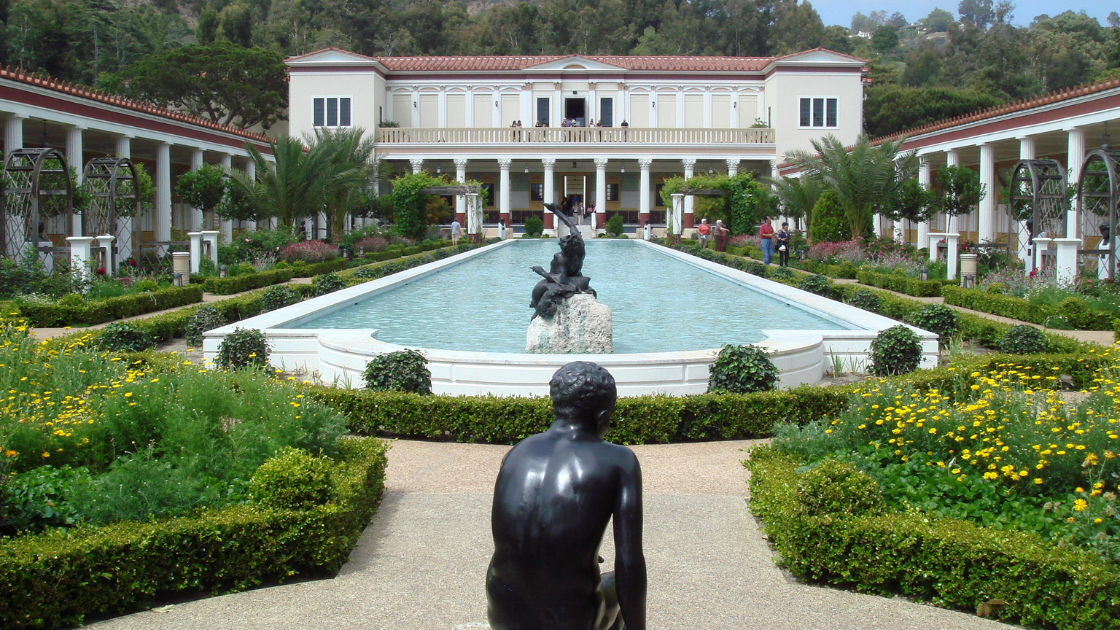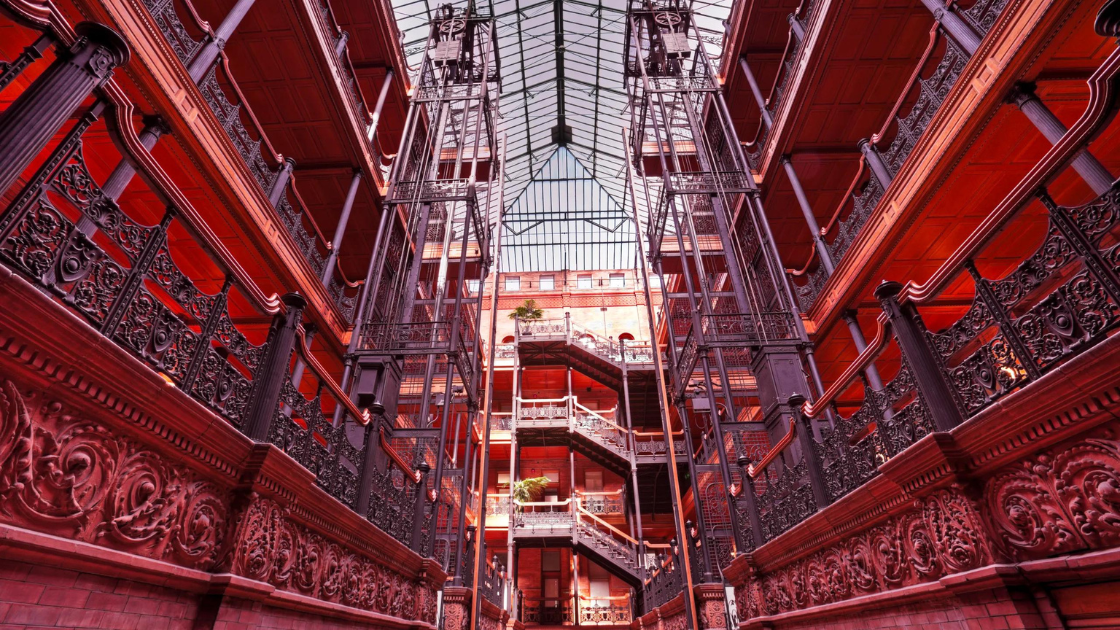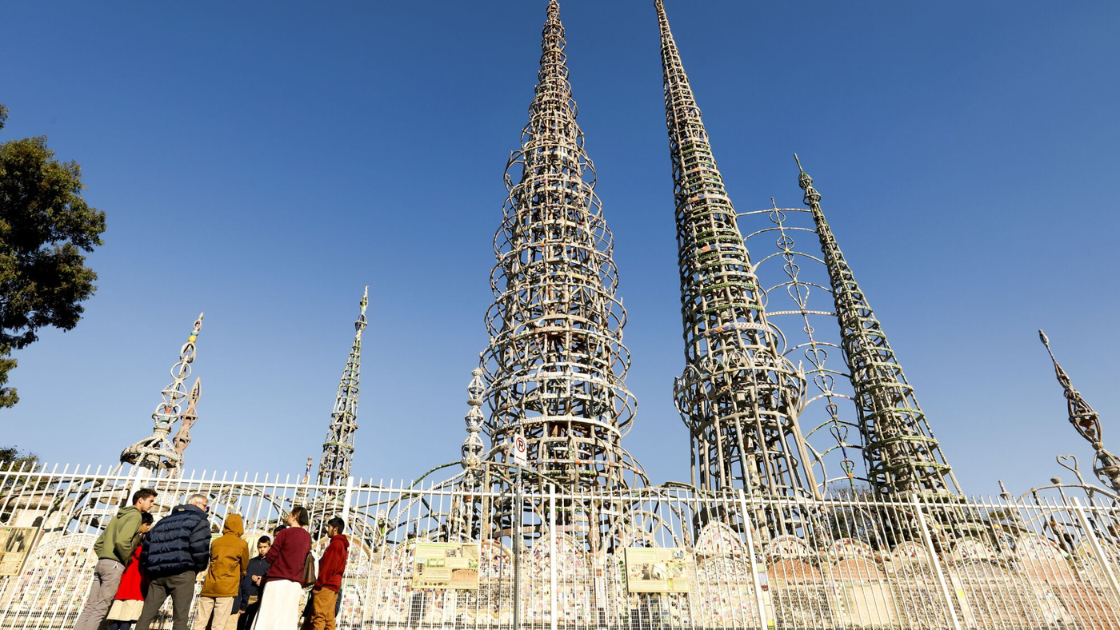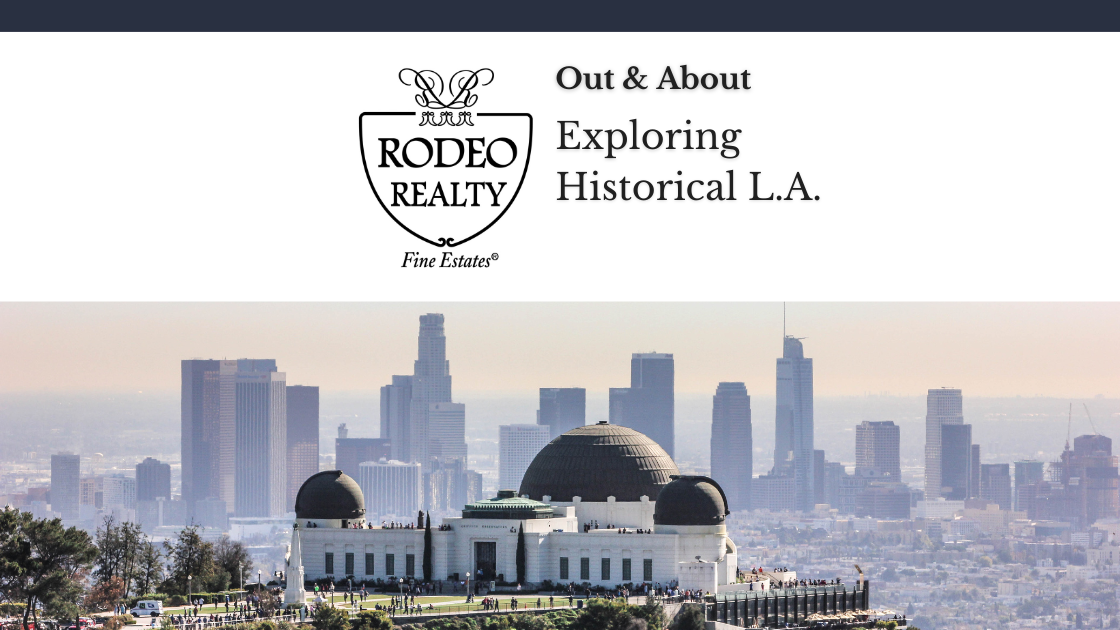Los Angeles, renowned globally for its entertainment and glamour, also boasts a rich and diverse history. This history is showcased in the city’s numerous historical landmarks, iconic buildings, and cultural sites. Whether you’re a history enthusiast or simply curious about the City of Angels’ past, this guide will lead you through some of the most captivating historical landmarks in Los Angeles.
The Getty Villa (Pacific Palisades)

The Getty Villa, a stunning replica of an ancient Roman villa, houses the J. Paul Getty Museum’s collection of Greek, Roman, and Etruscan antiquities. The beautiful gardens and breathtaking views of the Pacific Ocean add to the Villa’s allure, making it a must-visit historical destination.
The Griffith Observatory (Griffith Park)

Since 1935, the Griffith Observatory has offered public access to telescopes and exhibits about space and science. This iconic landmark, perched high above the city in Griffith Park, offers stunning views of Los Angeles and the cosmos beyond.
Olvera Street (Downtown)

Known as “the birthplace of Los Angeles,” Olvera Street is a vibrant marketplace that showcases the city’s Mexican heritage. With its traditional Mexican-style buildings, restaurants, and shops, Olvera Street is a living museum paying homage to a rich cultural legacy.
The Bradbury Building (Downtown)
 Built in 1893, the Bradbury Building is one of Los Angeles’ architectural gems. Its stunning interior, featuring ornate ironwork, marble stairs, and open-cage elevators, has been a favorite location for many films, including “Blade Runner.”
Built in 1893, the Bradbury Building is one of Los Angeles’ architectural gems. Its stunning interior, featuring ornate ironwork, marble stairs, and open-cage elevators, has been a favorite location for many films, including “Blade Runner.”
The Hollywood Walk of Fame (Hollywood)

The Hollywood Walk of Fame is a testament to the city’s role as the global center of the entertainment industry. With over 2,600 stars honoring luminaries from film, TV, radio, music, and theater, it’s a historical landmark that recognizes the dreams and achievements that have shaped Hollywood.
The Watts Towers (Watts)

This collection of 17 interconnected structures is one of LA’s most unique landmarks. Watts Towers is a testament to one man’s vision and determination. The art display is made from steel and decorated with a mosaic of glass, shells, and ceramic tiles. Likewise, this makes it a remarkable feat of folk art and architecture.
Union Station (Downtown)

Opened in 1939, Union Station is considered one of the last of America’s great railway stations. With its blend of Spanish Colonial, Mission Revival, and Art Deco styles, it’s a beautiful reminder of the golden age.
From ancient art collections to iconic movie locations, Los Angeles’ historical landmarks offer a fascinating glimpse into the city’s past. Likewise, exploring these sites will deepen your understanding and appreciation of LA’s rich and diverse history.
